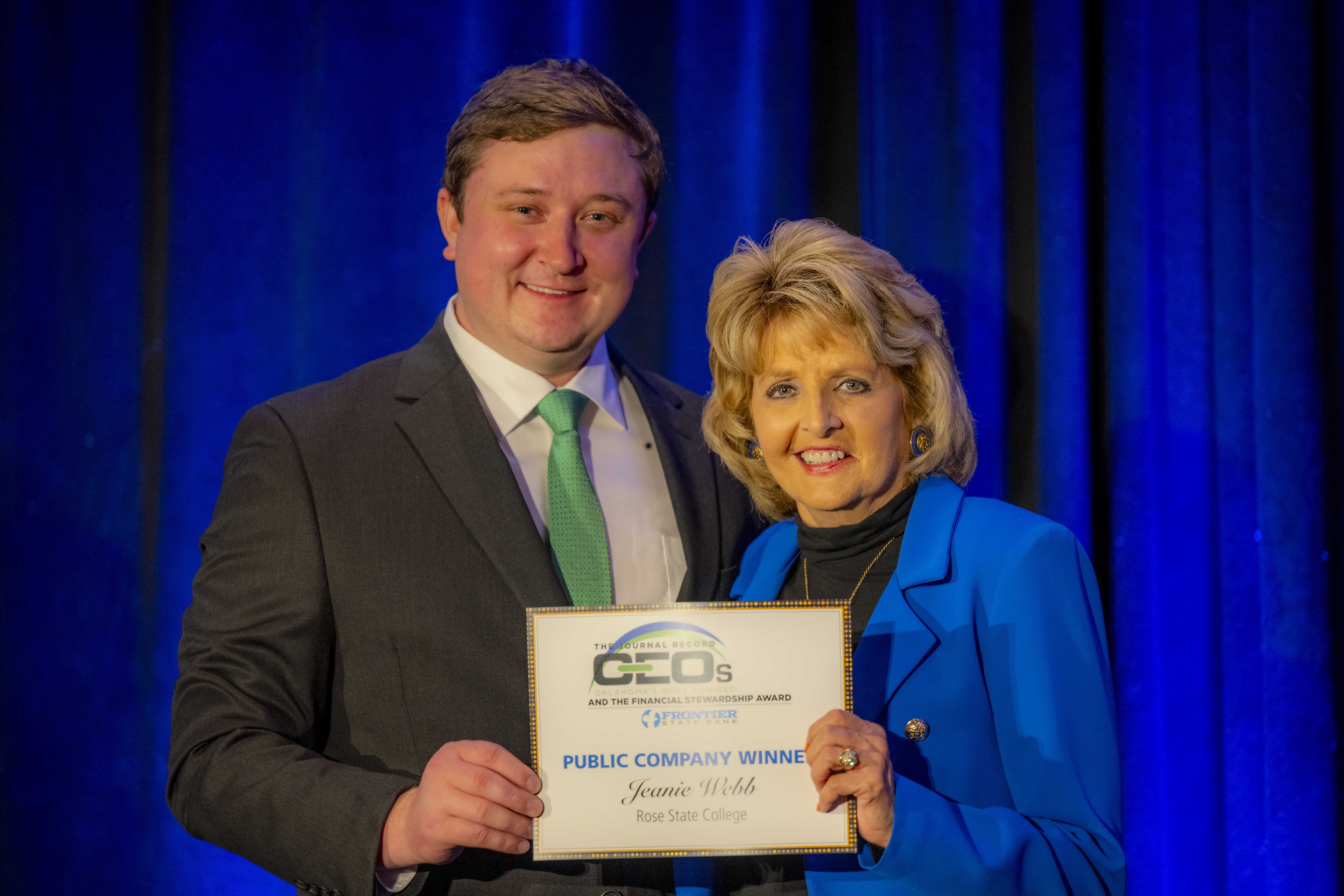Credit Hour Definition
College credit can be earned in a variety of ways and course formats at Rose State College. Specifically, the requirements for earning a “credit hour” include:
- For the traditional mode of instruction (F2F) and the standard 16-week term, each semester credit hour will require 16 50-minute hours of instruction, or 800 minutes of instructional time in total. Additionally, it will require 90 minutes of outside work/study per week. For all traditional courses carrying more credit hours, the ratio of instructional time to outside work will remain consistent. Therefore, each credit hour will require 800 minutes (13.33 clock hours) of in-class instruction and 1,440 minutes (24 clock hours) of outside work/study per semester, regardless of the length of the term. For all compressed terms, the number of minutes required will not change, but the length of each session will be determined by the number of meetings/week.
- For laboratory courses, the meeting time requirement is 2x that of the traditional mode of instruction. Therefore, a one credit-hour laboratory course will be required to meet a minimum of 1,600 minutes over a 16-week term. Again, the ratio will remain the same for all laboratory courses carrying a higher number of credit hours.
- Activity courses (HPER), or physical education courses, will have the same instructional time requirement as laboratory courses. Therefore, a one credit-hour activity course will require 1,600 minutes of classroom instruction over the term regardless of length.
- Hybrid courses are those courses where less than 100% of the traditional instructional time occurs in the classroom and is replaced by work done utilizing the internet and the campus learning management system (currently Canvas) and other alternative electronic modes of instruction, learning guidance/activity, and communication. The amount of time students are expected to spend learning the content, completing assignments, and completing other required course requirements is the same as that of the traditional mode of instruction.
- Online courses are those where 100% of the traditional instructional time is replaced by work done utilizing the internet and the campus learning management system (currently Canvas) and other alternative electronic modes of instruction, learning guidance/activity, and communication. For such courses, the expectation is that learners meet the same expected outcomes and learning objectives as detailed in the course syllabus. Since course syllabi are designed for the traditional mode of instruction, the expectation is that the effort required to meet similar learning outcomes and objectives and utilizing similar learning assessments, will require equivalent effort and total time commitment. The amount of time students are expected to spend learning the content, completing assignments, and completing other required course requirements is the same as that of the traditional mode of instruction.
- An internship is an opportunity offered by an employer to potential employees, called interns, to work at a firm for a fixed, limited period of time. Generally, each credit hour for an internship requires an appropriate and specified number of clock hours of guided and supervised work at a firm where they will learn skills, practices, and information pertinent to their degree plan of choice.
- Clinicals/Practica courses consist of the observation and treatment of actual patients or doing related work in a healthcare facility rather than theoretical or laboratory studies in applied health programs. These courses do not usually meet in a traditional classroom, but on site at a medical facility for an appropriate and specified number of hours based on accreditation requirements



